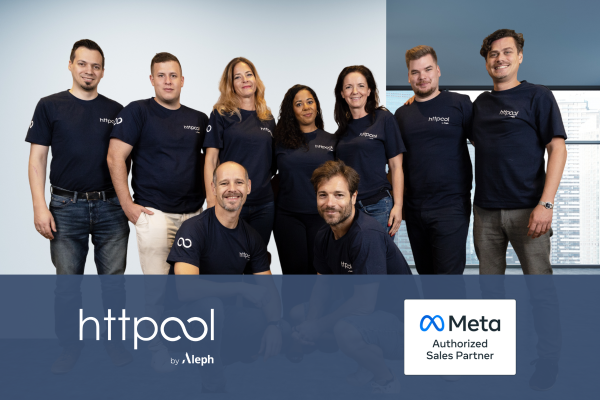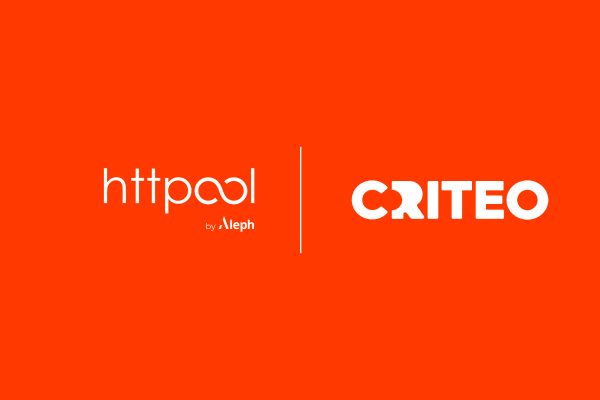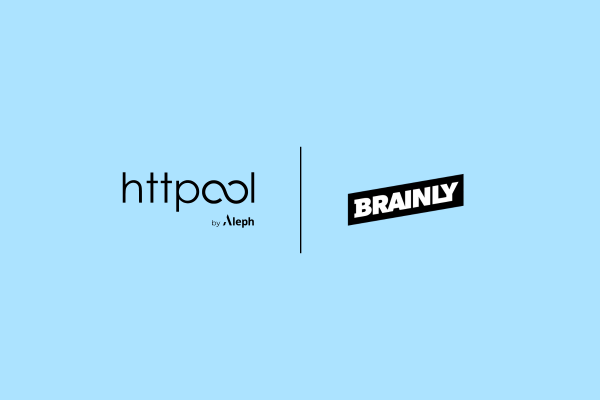
The age of shopping might finally be arriving, does anyone hear the chimes of Cher and Dionne from Clueless? It is evident in recent years that brands within the Beauty and Fashion industries are paving the way for AR shopping on social media, especially through the introduction of virtual try-on features.
In parallel with growing technological developments, we also see a clear increase in opportunities for brands, with AR especially helping to bridge the gap between social media and digital e-commerce. Brands are quickly learning that the gold star in this case is awarded to those who discover new ways to harness this new pathway, and so far, it appears the beauty industry has understood the assignment.
Beauty platforms are striving to create their own AR toolkits, offering brands a chance to get involved and create a new world of beauty shopping. Although the previous limelight pointed towards the furniture and home décor industries, as early frontiers in AR shopping on social media, the light is now shifting, with the Beauty industry seemingly entwining with AR functionalities. This shift has been an expected phenomenon for a while, especially with the help of Pinterest and many other social media platforms. Snapchat filters are a great example of how beauty brands have used AR to generate eCommerce and get people talking about their products. Snapchat is the most developed AR social media platform, allowing users to not only create unique memories through their connections, but also enabling users to get creative and generate their own filters.
Now, who drives the influence when it comes to the use of beauty platforms? You guessed it, Gen Z of course. As a digitally hungry generation who were born in an ever-growing digital world, they are constantly connected, living a fast-paced life, and continuously searching for more – making them ultimately the perfect users and contributors to the growth of beauty in AR. Just to put things into perspective, the Generation Z audience represents 30% of the global population and studies have shown that by 2025, Gen Z will account for approximately 27% of the workforce (Organisation for Economic Co-operation and Development, OECD).
So, what is the real potential of AR in beauty commerce? According to AR insider, in the Snap Consumer AR Global Report 2021, nearly 75% of the global population, and almost all the people who use social apps will be frequent users by the year 2025. This audience however is predominantly Gen Z, the digital natives who are growing up to value digital assets just as much as physical goods, and of course, anticipating the levels AI can reach.
These statistics paired with the demographics which focus on beauty and skincare (women aged 18-24) prove that Gen Z should be considered the perfect consumer prospect, with the funds, opportunity, and readiness to make purchase decisions regarding brands. Now is the time for marketers to snap up this opportunity. Gen Z is the first audience where social media has become the main marketing touchpoint for brand discovery, overtaking traditional TV ads, and word-of-mouth. This trend is represented across all regions, with a further increase seen in LATAM (+8pp Social Media ads vs. TV ads), North America (+6) and Europe (+5)!
This duality has opened the door to a whole new world of beauty advertising. Top name brands such as L’Oréal Paris have seen arguably improved results thanks to the use of AR and Snapchat filters, with their Silkissime Eyeliner by Infallible winning the ‘Best of Beauty Award’ in 2014. Developing filters to create a skin-smoothing effect, adding a slight blush to the cheeks, lips, and a classic cat-eyeliner with mascara. Essentially a full face of make-up, but without a single item on your actual face. Could the award have coincided with their partnered Snapchat filter? Who knows! All we do know for sure is that using Snapchat filters is not a cause for concern, in fact, could be a cause for celebration. Another beneficial trick used by advertisers is an apparent 24-hour commodity attached to some sponsored filters. This gives the brand’s product a sense of exclusivity and generates talk when it is no longer available, much like an item on a limited time offer. In L’Oréal’s case, those who wanted an excuse to send out selfies with an Instagram-worthy liner had only a limited amount of time to get their perfect shot. After the filter was removed, I know I felt like I needed a new liner, and maybe better skills too, but that’s the power of AR after all. The power of visual suggestion.
So, to answer our main question, Yes. AR is revolutionising the Beauty Industry! In short, beauty and fashion seem to be paving the way for AR shopping on social media, by introducing a more connected approach to consumers such as virtual try-on, and product personalisations. AR has proven to help bridge the gap between social media and digital commerce, with social platforms striving to carve out their own AR toolkits, offering more brands a chance to get involved.
Marketers can now use social AR tools to create their own filters, effects, or 3D experiences on social media. Moreover, by advertising their products with the most innovative and disruptive technology, they can influence their desired target audience, and convert them into sales. For instance, any fashion brand can use the power of AR to display the product live to their potential buyers. The more immersive the experience (including whether it has a direct shopping element), the more time, budget, and resources it will take.
But why has it become so widespread and popular? Because the use of AR has truly given us, as users, the ability to bring to life our ideas, and physically visualise our thoughts, teaching us potential new lessons, and providing us with a new direction along the way. Whether this is a huge dancing Shrek in latex, how your hair would look if you finally dyed it purple, or how great you actually look in glasses that are made for your face shape. The focus is less tunnel vision towards the purchase itself, and instead on creating a powerful experience from the comfort of your home. And with beauty being so closely linked to health, what’s better than the ability to shop from the safety and comfort of your own home? An app that brings you your exact shade of lipstick that’s what.









